September 29-October 5, 2024
Soaking up the first sparkles of frost and snow
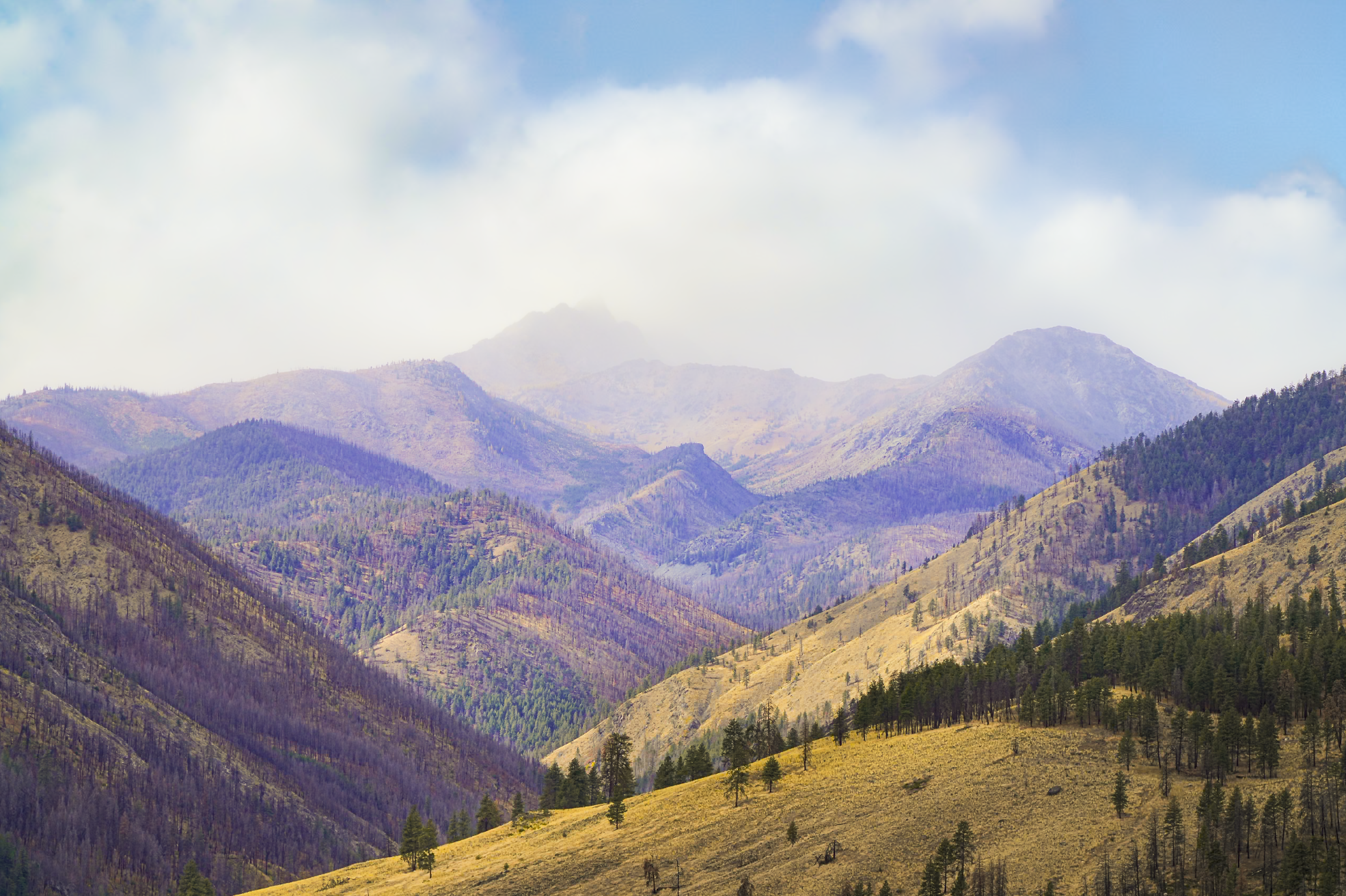
Temperatures dropped markedly this week, with nighttime lows in the 30s, light frost in the mornings, and a dusting of snow on high peaks. Even bright sunny days now have a noticeable edge as leaves begin to change colors in earnest.
Week in Review
One thing that people have been noticing and chatting about in the Nature Notes Facebook group are the surprising number of flowers blooming right now. Late-season flowering is not unexpected, or rare, but the scale feels a bit different this year so maybe something is going on.
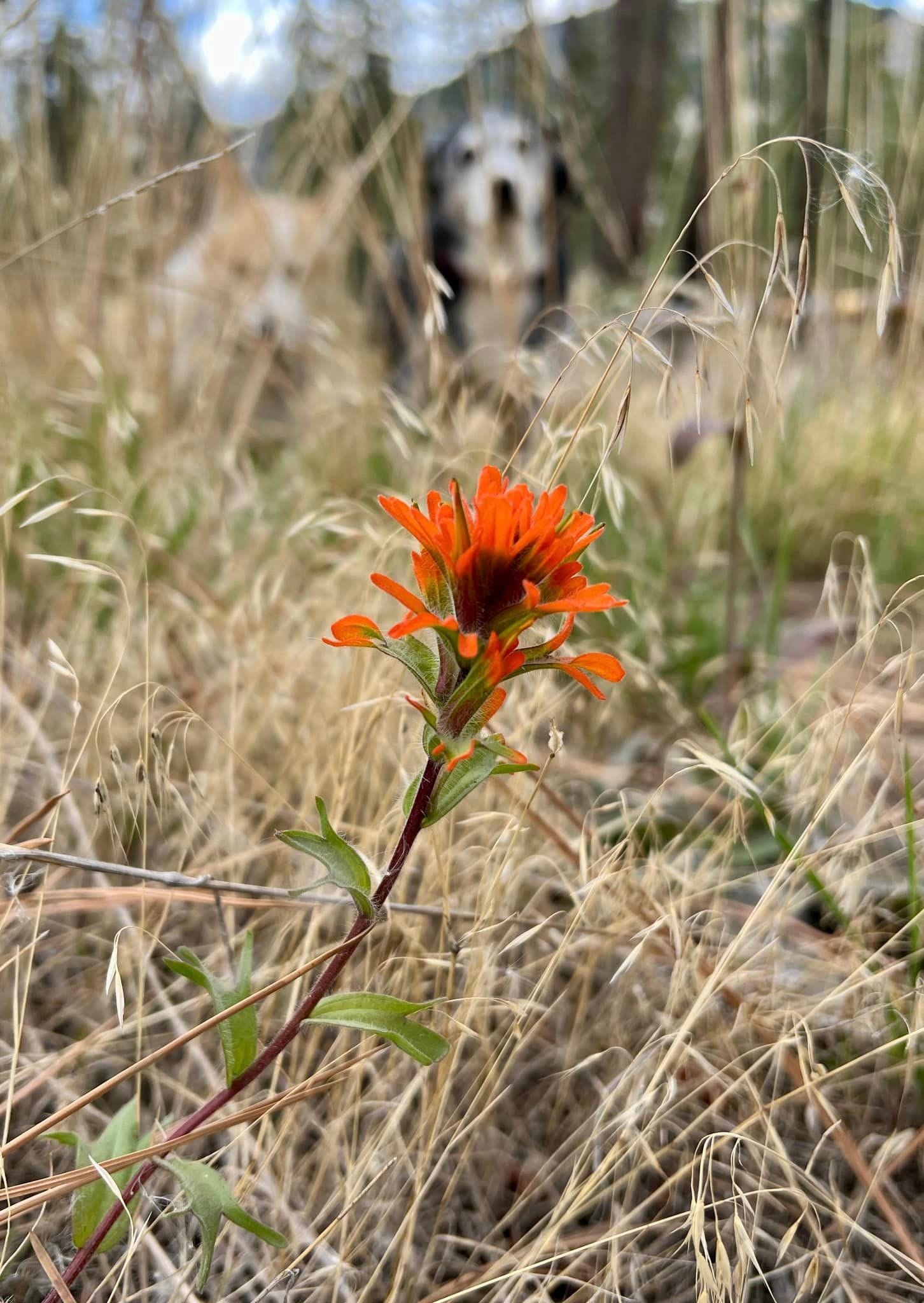
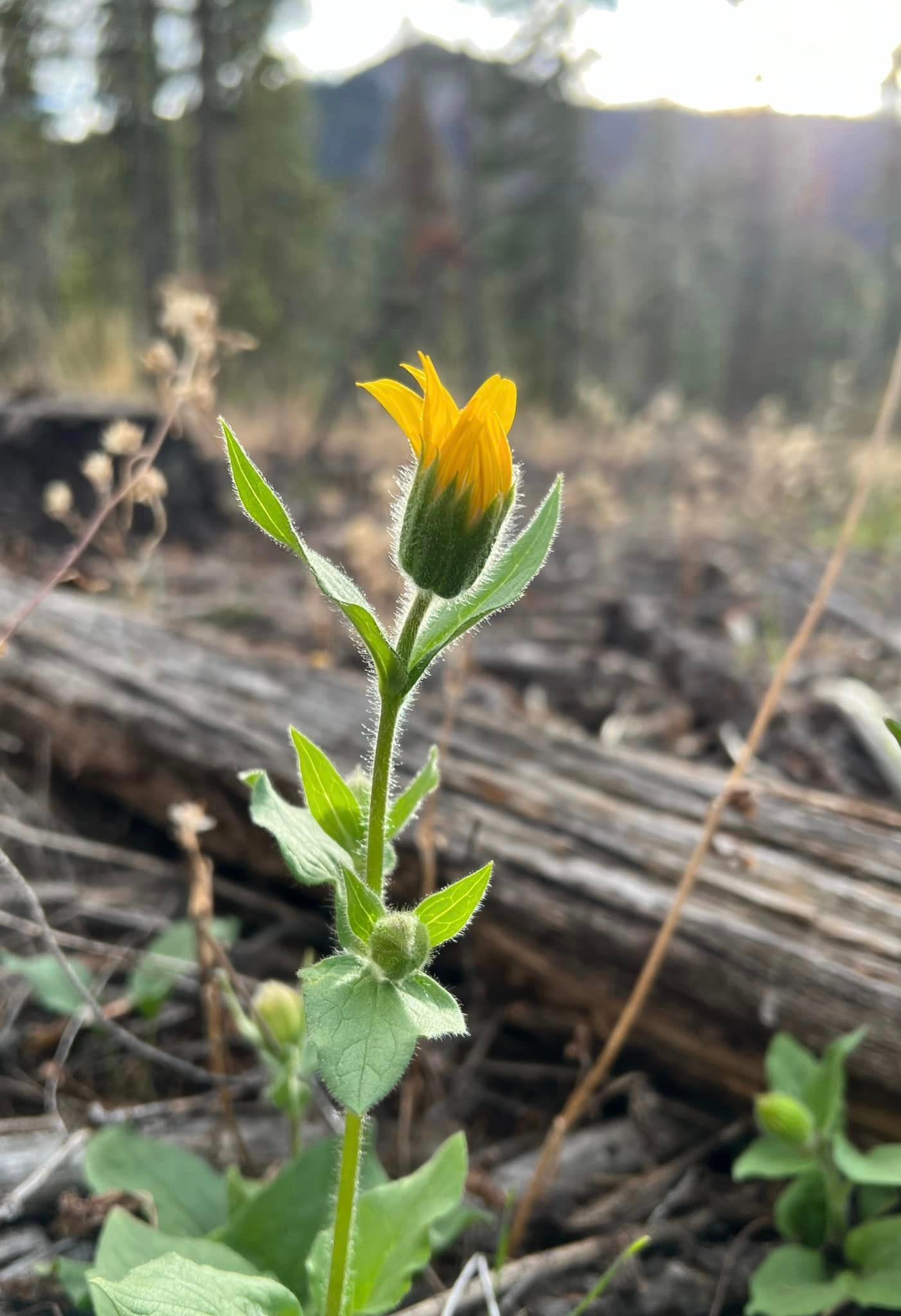
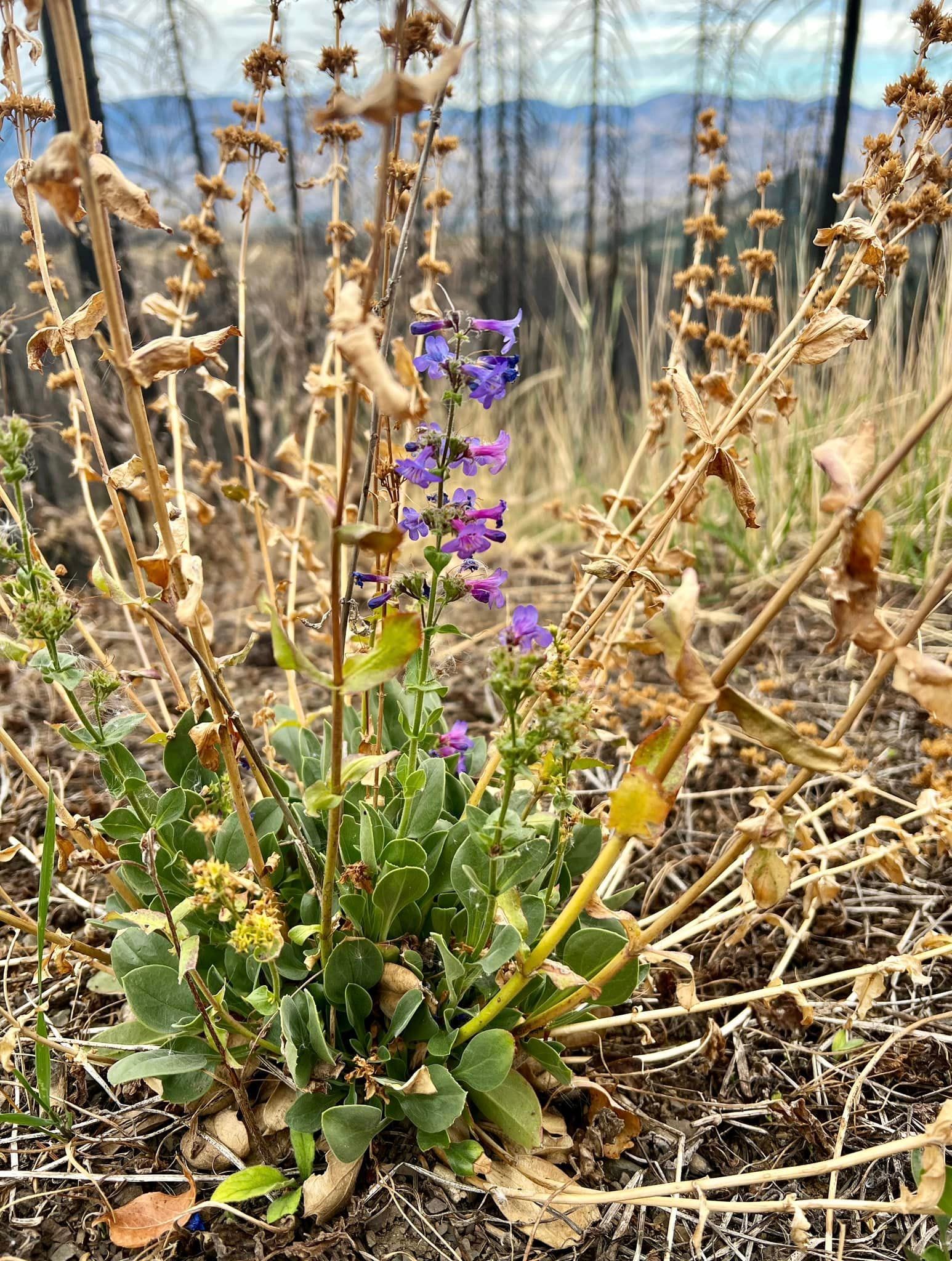
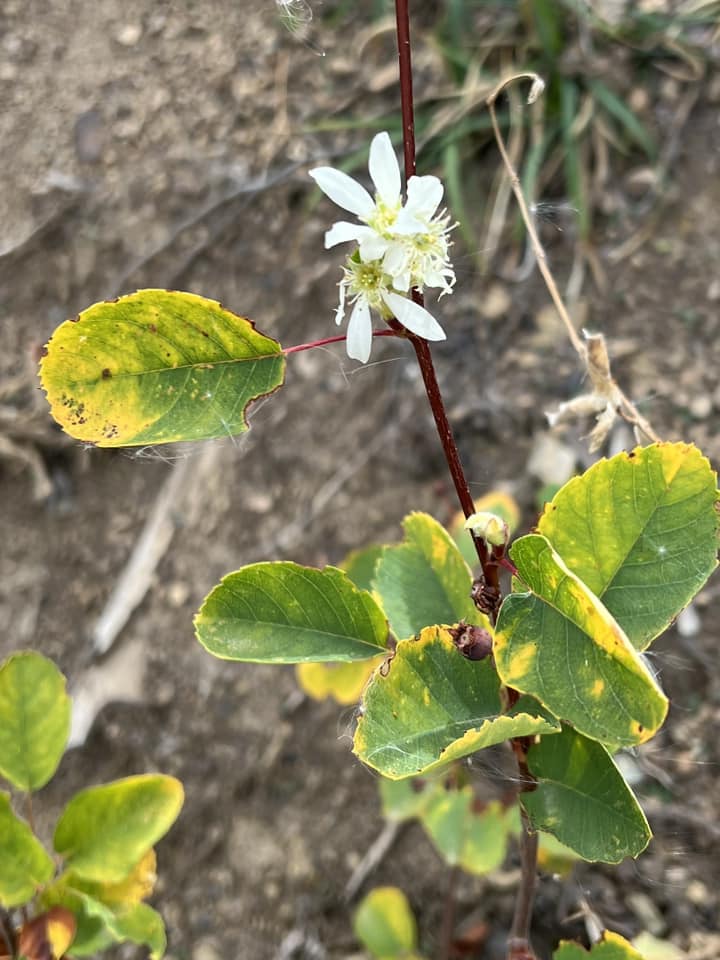
Red paintbrush, yellow arnica, purple penstemon, and white serviceberry are some of the flowers blooming right now. Photos by Kari Gilje
A quick Google search mentions that plants might bloom in the fall in response to erratic weather or environmental stress, but on the surface the weather has felt relatively "normal" this summer so maybe plants are simply responding to days being as long as they are in the spring?
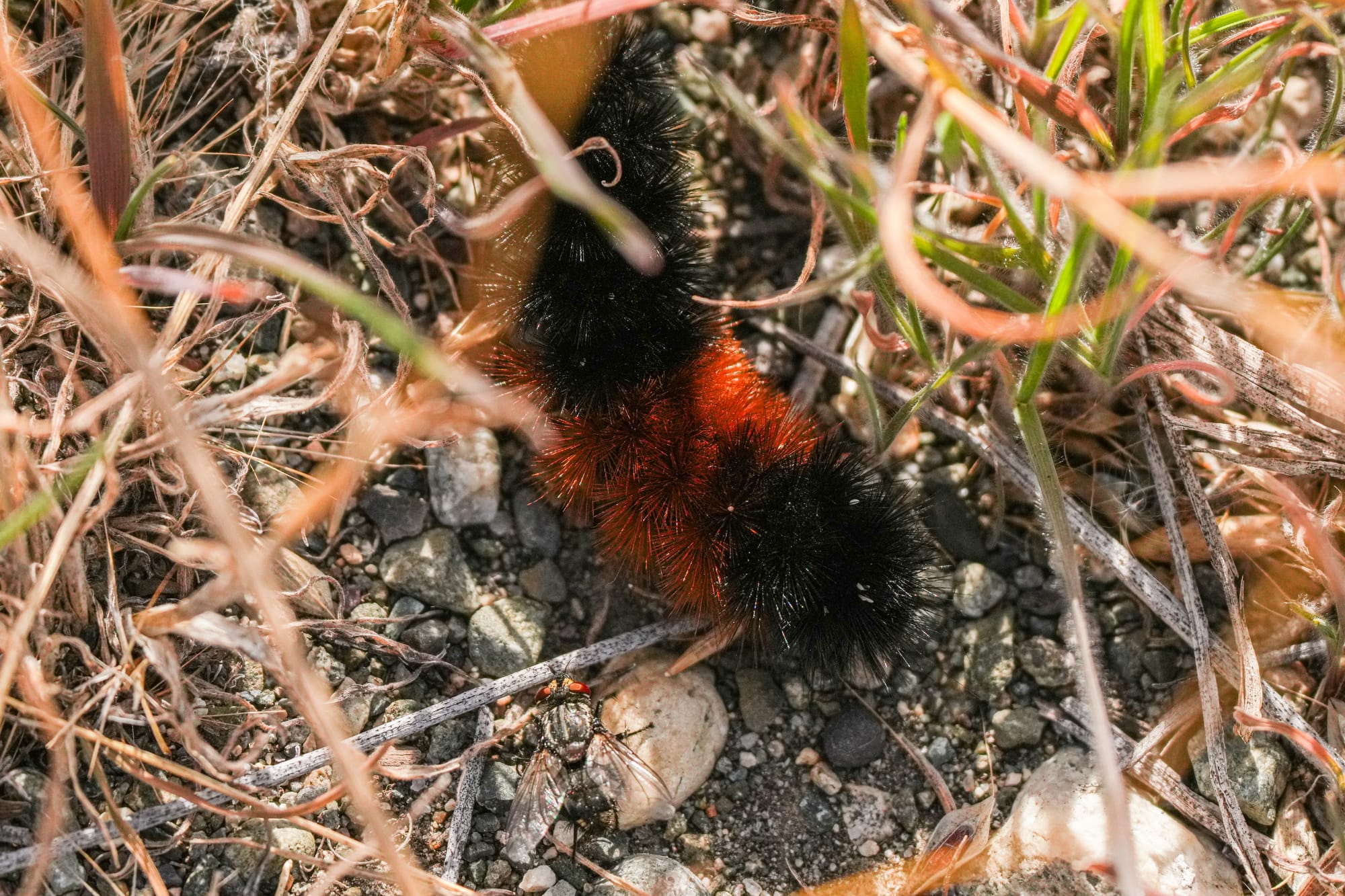
At the same time, it feels like the number of insects has dropped sharply. I spotted one late praying mantis, which looked like it was struggling, while grasshoppers have disappeared altogether. I did find two mosquitoes in the house this week, which struck me as odd because I've only seen a few mosquitoes all summer.
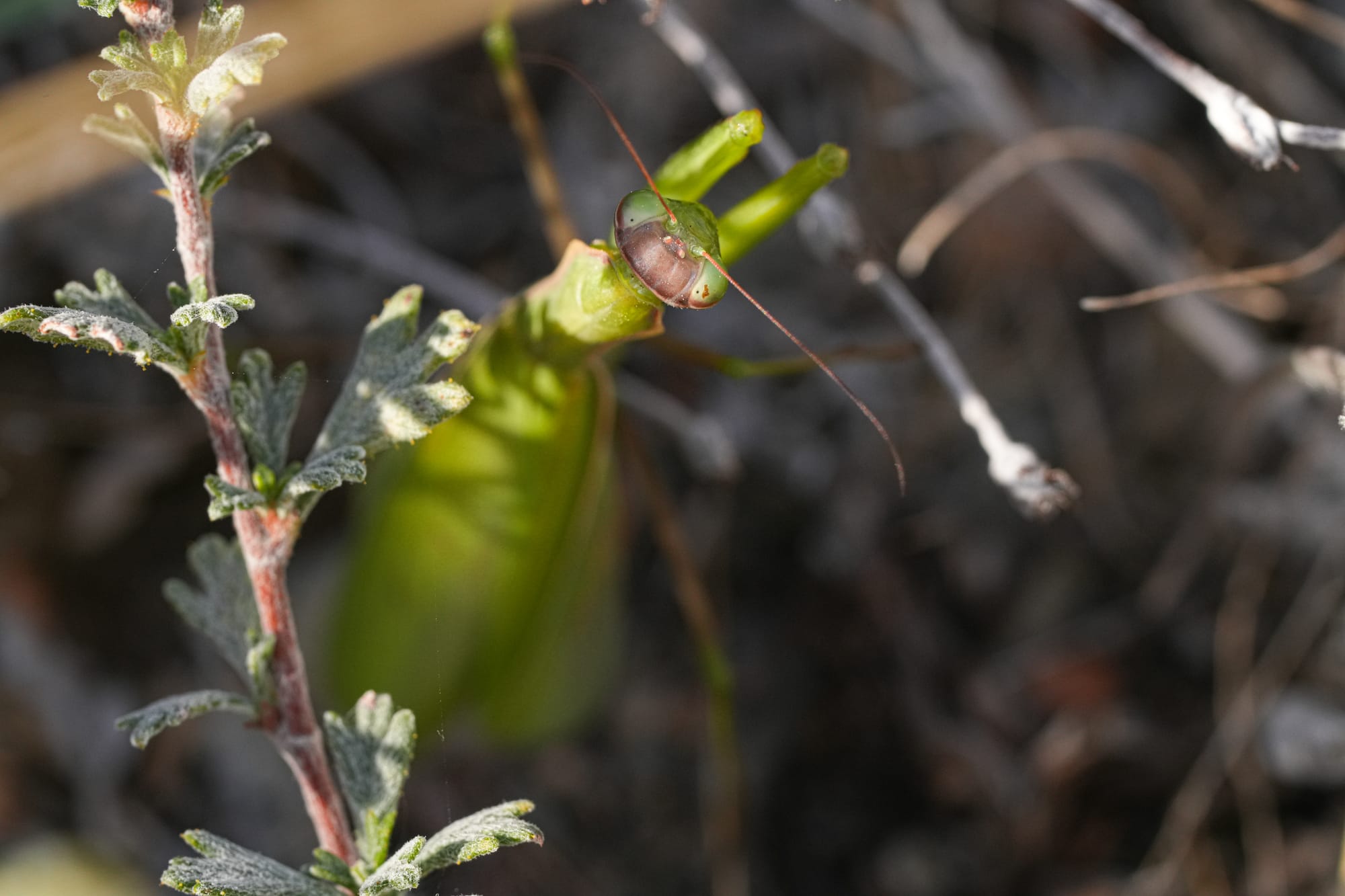
Birds continue to be active, although the large, noisy flocks of migrating songbirds have been mostly replaced with large groups of sparrows that will linger until snow pushes them south. Early in the week, there were big flocks of western bluebirds and I've also been seeing huge groups of California quail, so overall it's felt like a very birdy week.
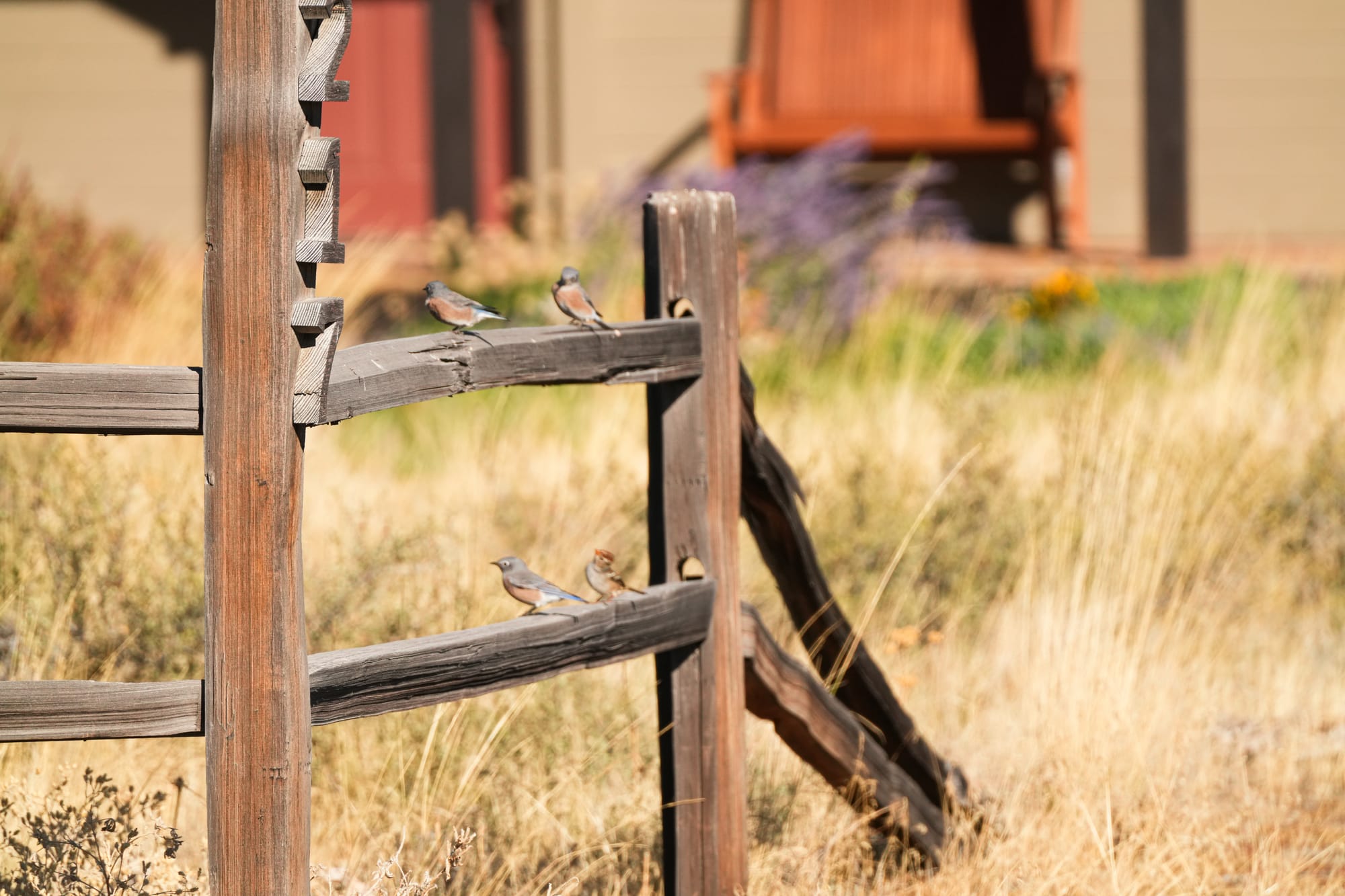
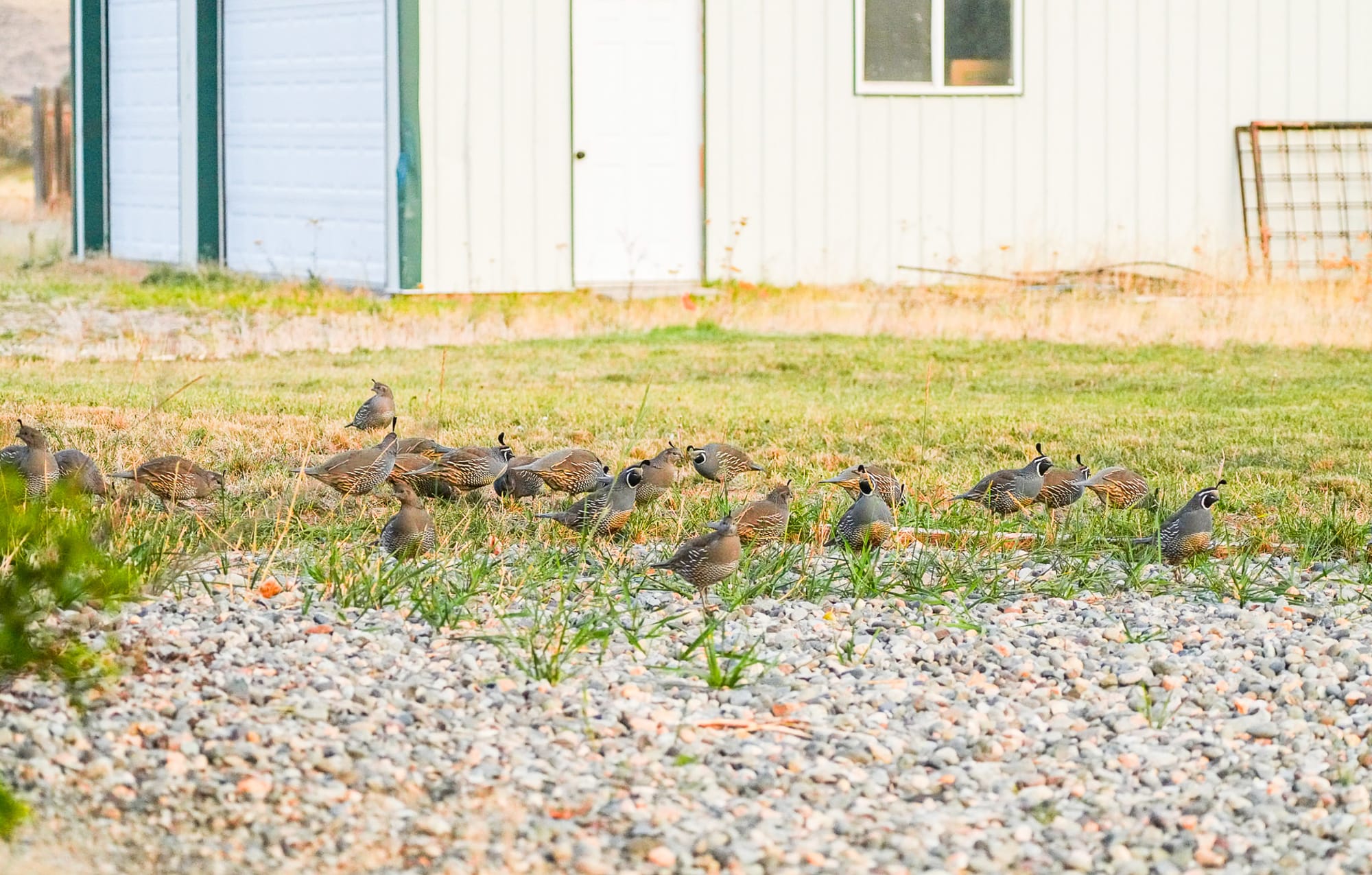
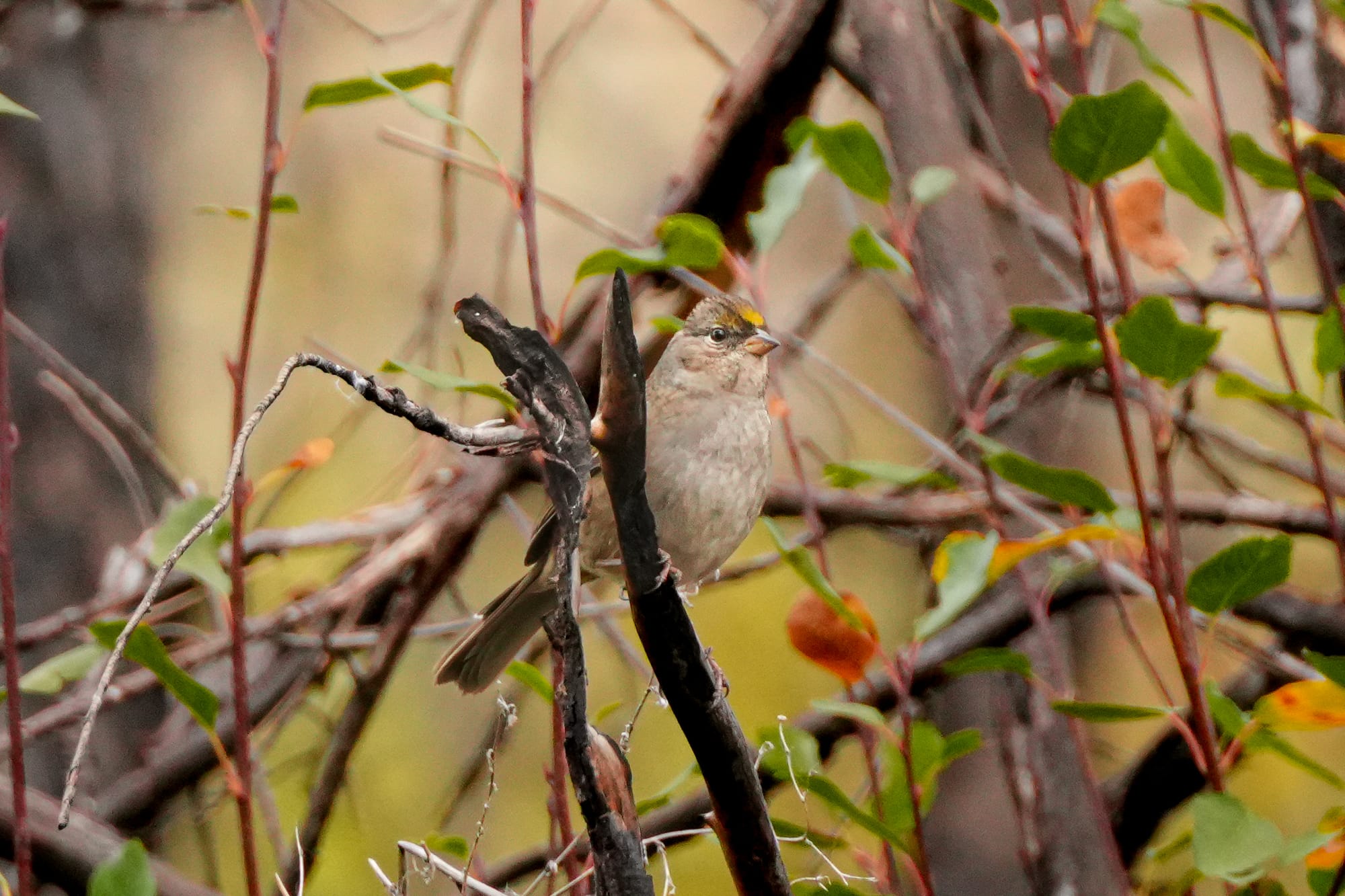
Other birds are migrating too, including a California gull, seven white-fronted geese, 18 American wigeons, and eight northern shovelers that showed up at Big Twin Lake on September 30 alongside the big group of Canada geese that hangs out every day.
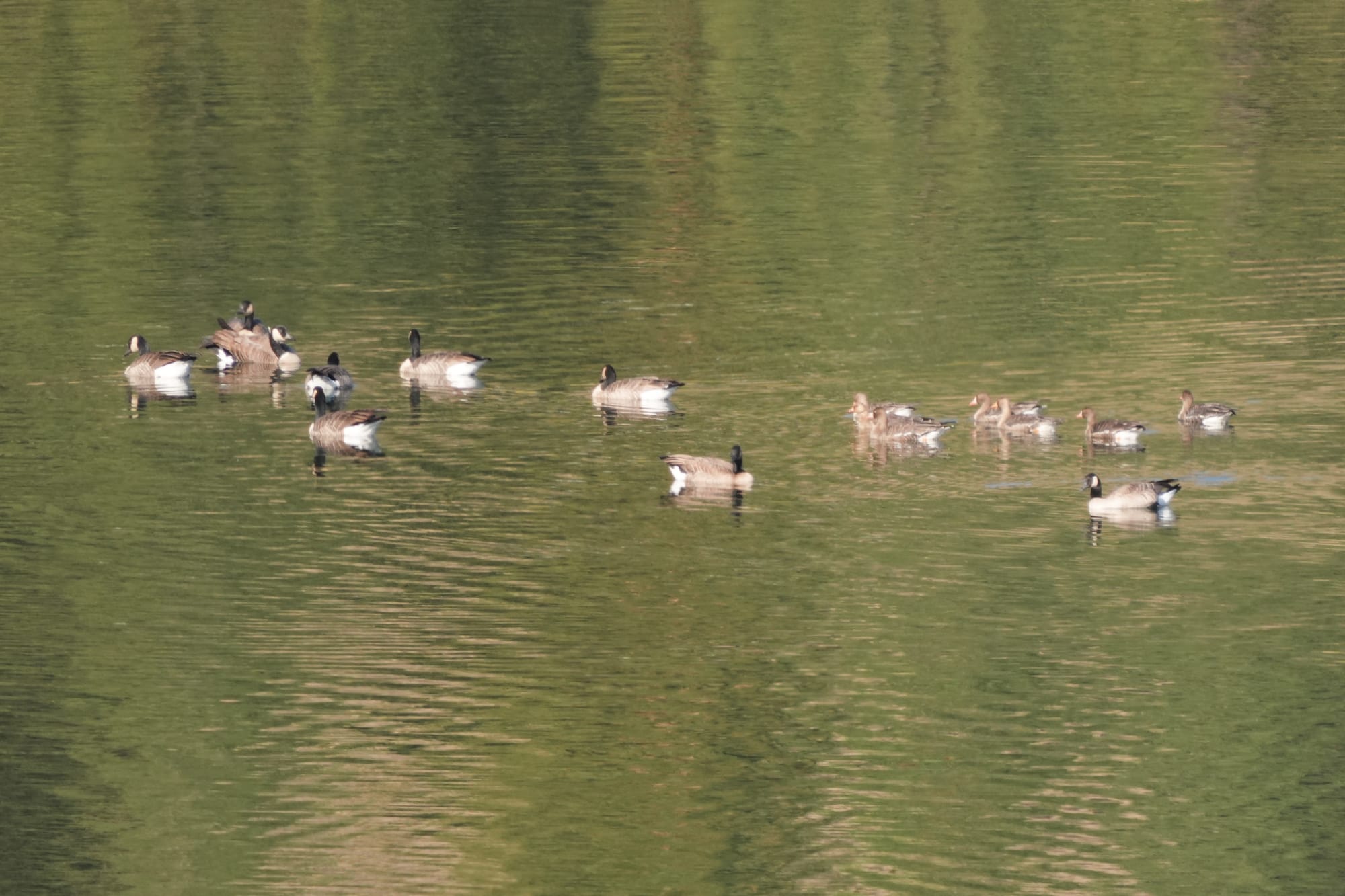

This is also a very active time for squirrels and chipmunks as they frenetically gather the autumn harvest and cache enough food to take them through winter.
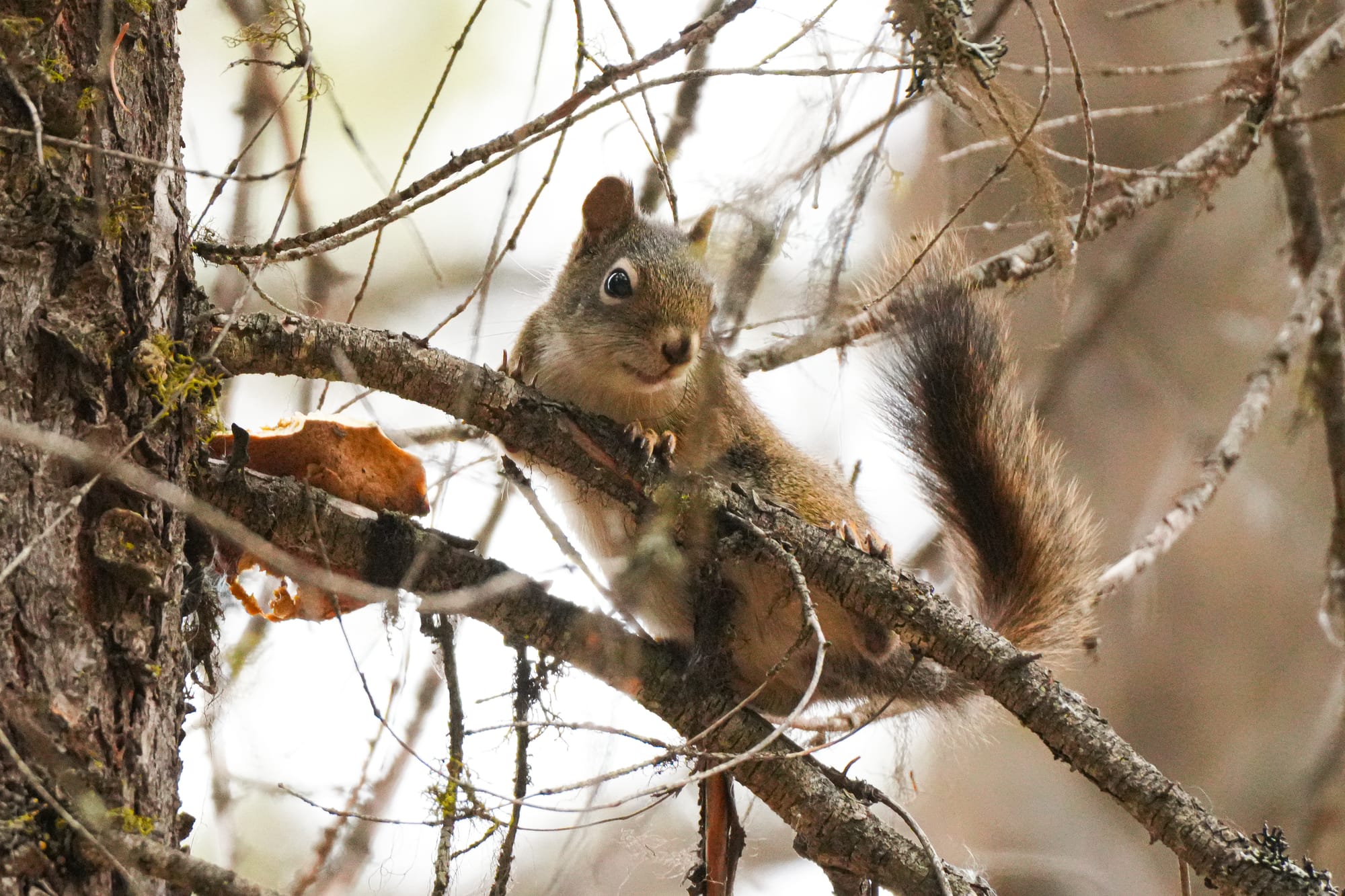
In the middle of all this activity, I was surprised to see two red squirrels interacting "closely" with each other. At first, it looked like they were mating, but they kept trading positions, so it was hard to tell what they were doing. Red squirrels are normally solitary and aggressive, so watching this friendly interaction was unexpected.
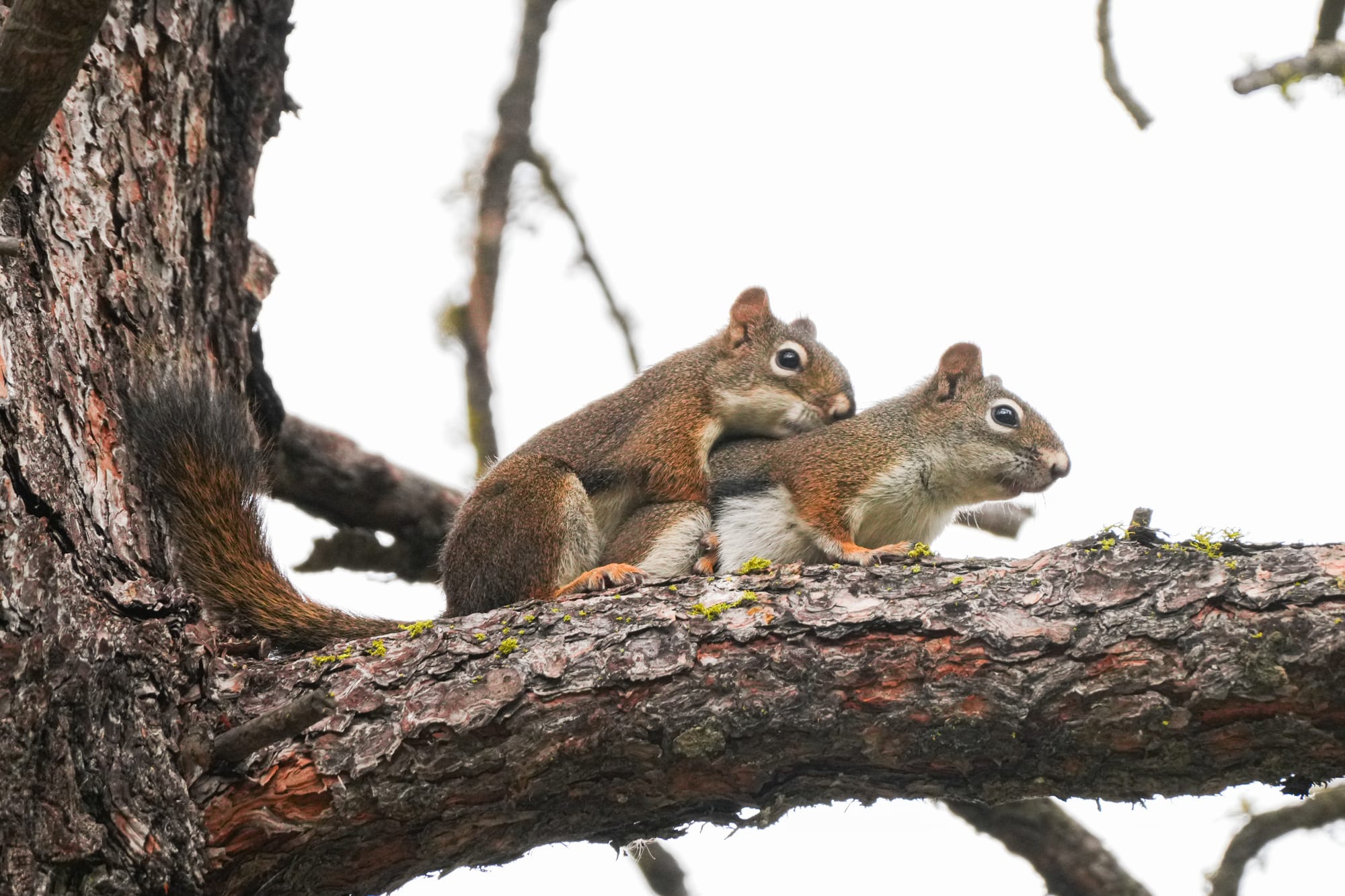
Observation of the Week: Autumn Aphids
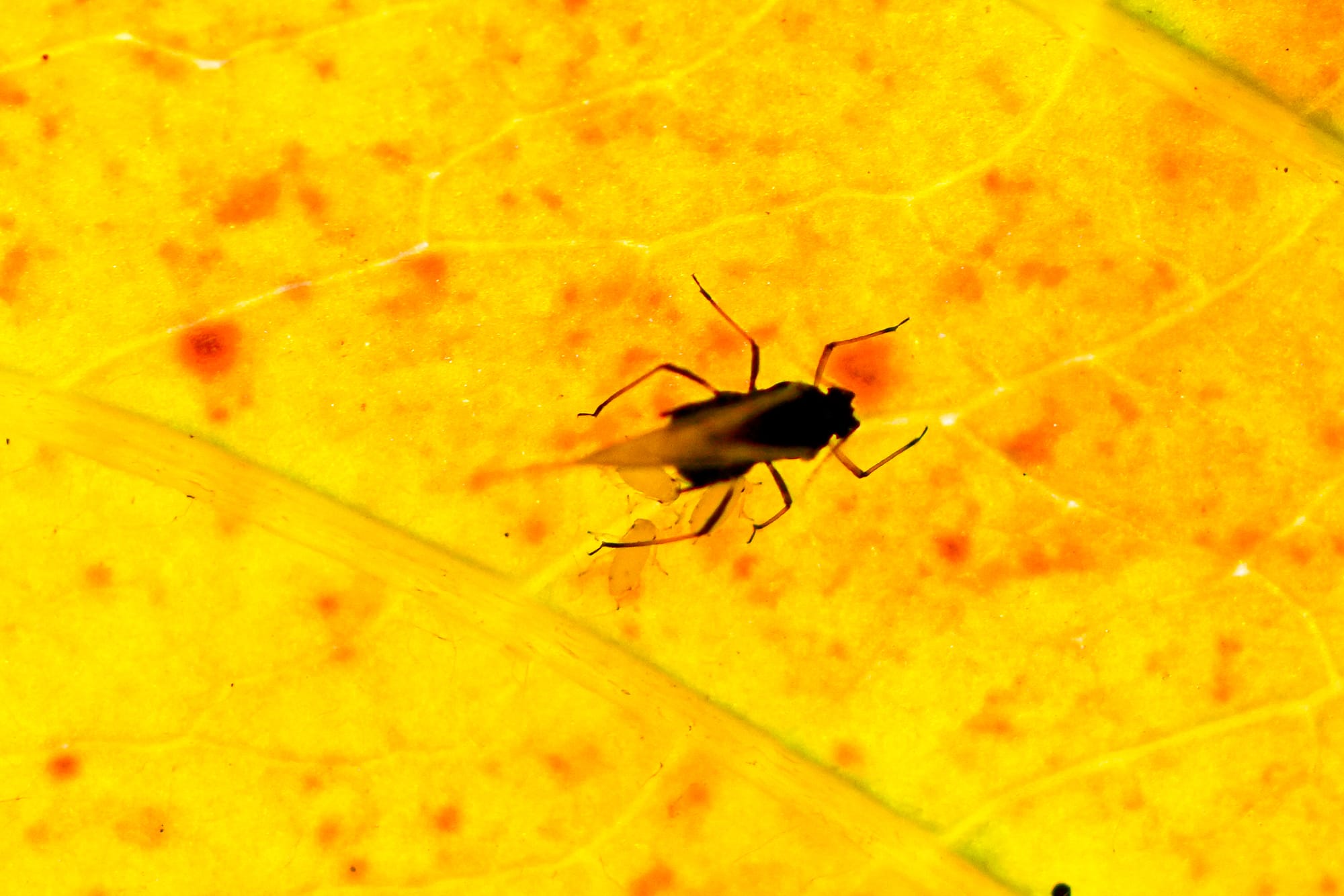
I spent three days this week trying to find and photograph aphids for a fascinating story about autumn colors and aphids. While aphids are generally easy to spot on flowers and garden plants in the spring and summer, they do something else in the autumn and I was surprised how hard it was to find them.
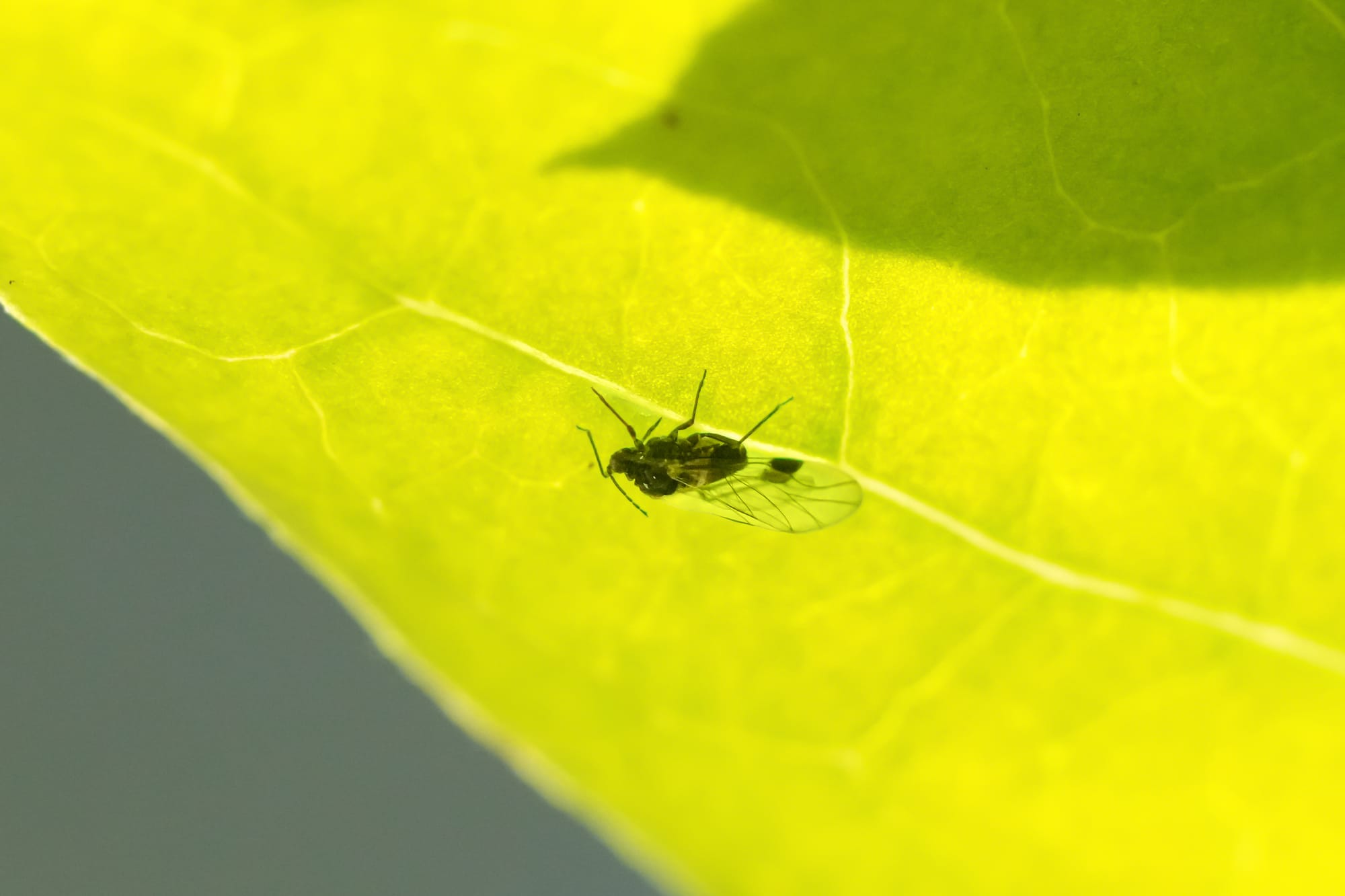
During the summer, aphids are easy to find because females produce huge numbers of offspring clones. In fact, if every baby survived, a single female could produce six million copies of herself over the course of the summer!
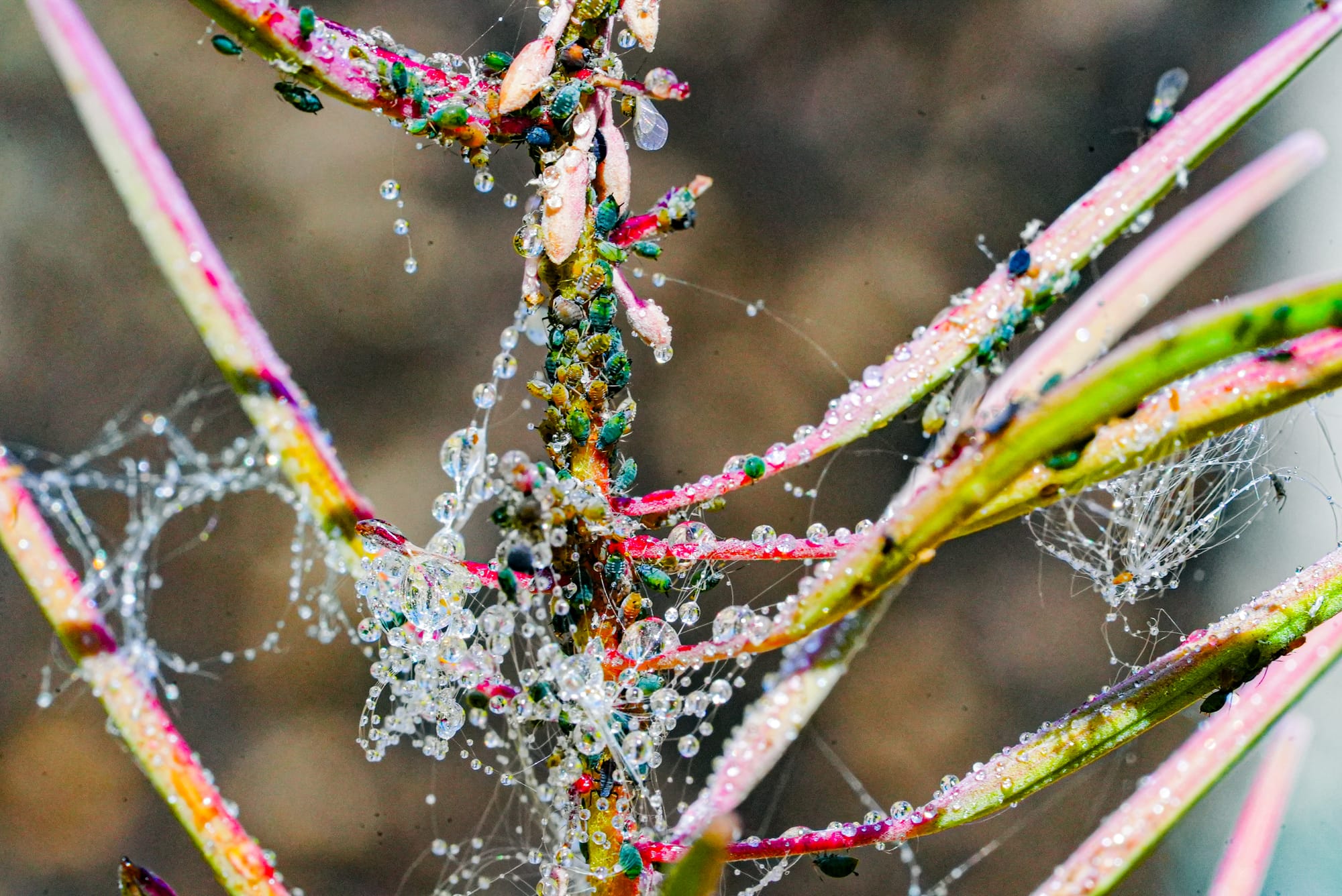
But aphids also rely on sexual reproduction, so at the end of the summer they produce a new generation of winged females that leave their green leafy homes and fly off in search of trees. Once these solitary winged females find a host tree, they hide in secluded spots (where migrating warblers and curious humans won't notice them) and produce a small brood of sexual male and female offspring that then mate.
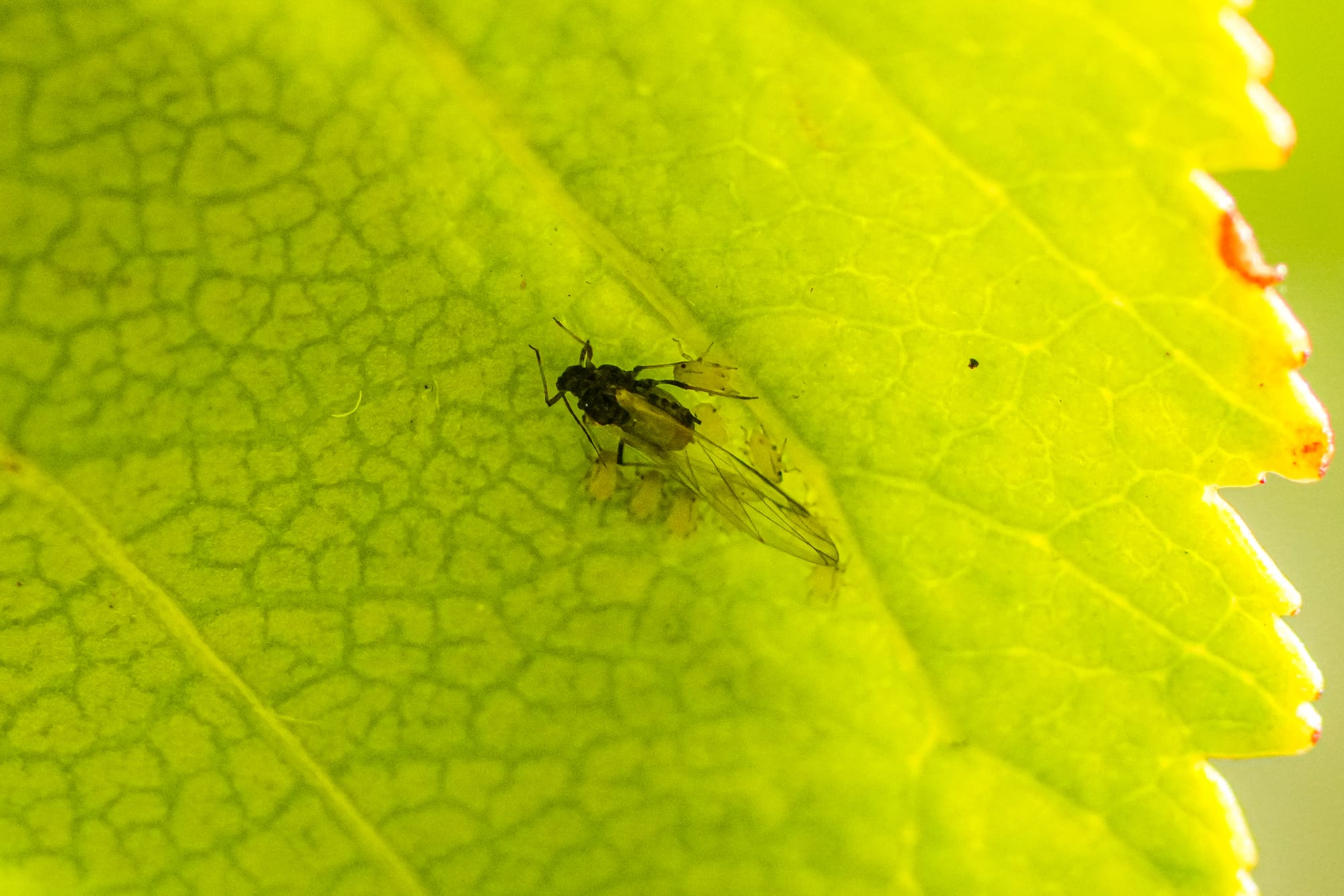
Fertilized females then lay eggs on the host tree until freezing temperatures kill them. And then in the spring, a new batch of aphids will hatch from these eggs and move to green leafy plants where we find them all summer long.

